Marine Serre, the French designer known for her futuristic aesthetic and eco-conscious approach to fashion, has been at the forefront of the movement to create sustainable, high-performance clothing. Her leggings, a staple in athleisure wear, have gained a cult following thanks to their innovative designs and commitment to using eco-friendly fabrics. If you’re looking to invest in stylish, comfortable, and environmentally responsible activewear, Marine Serre leggings offer the perfect solution. In this article, we explore the eco-friendly fabrics used in her leggings, examining how they contribute to sustainability without compromising on performance or style.
1. Recycled Polyester: Reducing Waste, Enhancing Durability
One of the key fabrics used in Marine Serre leggings is recycled polyester, a sustainable alternative to virgin polyester. Made from repurposed plastic bottles and other polyester waste, recycled polyester helps reduce the amount of plastic waste in landfills and oceans. Marine Serre leverages this fabric for its durability, stretch, and moisture-wicking properties, making it an ideal choice for activewear.
Recycled polyester offers the same high-performance qualities as traditional polyester but with a significantly lower environmental impact. The fabric is lightweight, breathable, and resistant to shrinking, ensuring that Marine Serre leggings retain their shape and functionality over time. By choosing recycled polyester, Marine Serre ensures that her leggings not only perform well but also contribute to a more sustainable fashion industry.
2. Organic Cotton: Soft, Breathable, and Biodegradable
Organic cotton is another eco-friendly fabric commonly used in Marine Serre leggings. Grown without synthetic pesticides, herbicides, or fertilizers, organic cotton is better for the environment, as it promotes healthier soil, reduces water usage, and eliminates the need for harmful chemicals. Marine Serre integrates organic cotton into her leggings for its softness, breathability, and eco-conscious benefits.
Unlike conventional cotton, which is heavily reliant on chemicals and intensive farming practices, organic cotton supports biodiversity and reduces the carbon footprint of cotton production. The fabric is naturally hypoallergenic, making it gentle on the skin—ideal for those with sensitive skin or allergies. Organic cotton also biodegrades more easily than conventional cotton, contributing to a circular, more sustainable lifecycle for the product.
3. Regenerative Wool: A Sustainable Alternative for Winter
For her colder-weather leggings and activewear, Marine Serre uses regenerative wool, a fiber sourced from sheep that are raised in regenerative farming systems. Regenerative agriculture emphasizes restoring and enhancing the health of the land, rather than depleting it, making it a much more sustainable alternative to conventional wool production. The wool used in Marine Serre leggings is cruelty-free, with the animals being treated humanely and allowed to roam freely.
Regenerative wool is not only sustainable but also naturally breathable, moisture-wicking, and insulating, making it an excellent material for activewear that can be worn year-round. This fabric provides warmth without overheating the body, and it can regulate temperature, making it perfect for a variety of climates. Marine Serre’s use of regenerative wool aligns with her commitment to reducing the impact of fashion production on the planet.
4. Upcycled Fabrics: Giving Old Materials New Life
Marine Serre has become a pioneer in upcycling, the process of repurposing old or discarded materials into new products. By using upcycled fabrics in her leggings, she minimizes the need for virgin resources, helping to reduce waste and the environmental impact of textile production. These materials are sourced from discarded garments, deadstock fabrics, and other surplus materials, which are then transformed into high-quality, fashion-forward designs.
Upcycling not only helps reduce waste but also gives a second life to fabrics that might otherwise be thrown away. Marine Serre’s upcycled leggings are often one-of-a-kind pieces, making them not only environmentally friendly but also unique and exclusive. This commitment to upcycling is a powerful example of how fashion can be both innovative and sustainable.
5. Tencel™ Lyocell: Sustainable, Luxurious, and Eco-Friendly
Tencel™ lyocell is a sustainable fabric made from wood pulp, often sourced from sustainably managed forests. The process of creating Tencel™ lyocell involves a closed-loop system, where the solvents used to dissolve the wood pulp are recycled, reducing waste and emissions. This fabric is soft, lightweight, and breathable, making it a great option for activewear like leggings that require flexibility and comfort.
Tencel™ is also biodegradable, meaning it will break down naturally in the environment, unlike synthetic fabrics that can take hundreds of years to decompose. Its luxurious texture is complemented by its eco-friendly attributes, making it a perfect material for anyone looking to make a sustainable fashion choice without sacrificing style or comfort.
6. Recycled Nylon: Strength, Stretch, and Sustainability
Recycled nylon is another eco-friendly fabric commonly used in Marine Serre leggings. This fabric is made from repurposed materials such as discarded fishing nets, fabric scraps, or post-consumer waste. Like recycled polyester, recycled nylon helps divert waste from landfills and reduce the need for virgin resources.
Nylon is known for its stretch, strength, and resilience, making it an ideal fabric for leggings that need to provide support and flexibility. Recycled nylon retains all the benefits of traditional nylon, including its ability to retain shape and resist wear and tear, but with a significantly lower environmental impact. By using recycled nylon, Marine Serre is able to create leggings that are durable, functional, and sustainable.
7. The Impact of Eco-Friendly Fabrics on the Fashion Industry
Marine Serre’s use of eco-friendly fabrics in her leggings highlights the growing trend of sustainability within the fashion industry. As more designers and brands recognize the importance of reducing their environmental impact, the demand for sustainable materials has skyrocketed. Consumers are becoming increasingly aware of the consequences of fast fashion and are looking for more responsible, long-lasting options.
By choosing eco-friendly fabrics such as recycled polyester, organic cotton, regenerative wool, and Tencel™ lyocell, Marine Serre not only ensures that her leggings are environmentally responsible but also educates her customers about the importance of conscious consumption. Her commitment to sustainability has set a benchmark for other fashion brands, encouraging them to adopt similar practices and contribute to a more sustainable future.
Conclusion: Fashion with a Purpose
Marine Serre’s leggings are a perfect example of how fashion can be both stylish and sustainable. By using eco-friendly fabrics such as recycled polyester, organic cotton, regenerative wool, upcycled materials, Tencel™ lyocell, and recycled nylon, she has created activewear that supports both high fashion and environmental responsibility. Whether you’re looking for a comfortable pair of leggings for yoga, running errands, or casual outings, Marine Serre’s collection offers the perfect balance of style, performance, and eco-consciousness.
With her innovative use of sustainable fabrics, Marine Serre is paving the way for a more sustainable and ethical future in fashion—one legging at a time.
-
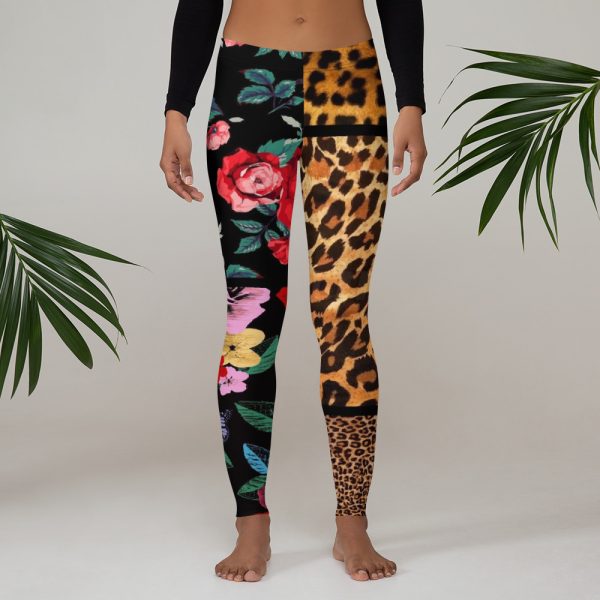 Designer Leggings Black Floral Leopard Animal Print$81
Designer Leggings Black Floral Leopard Animal Print$81 -
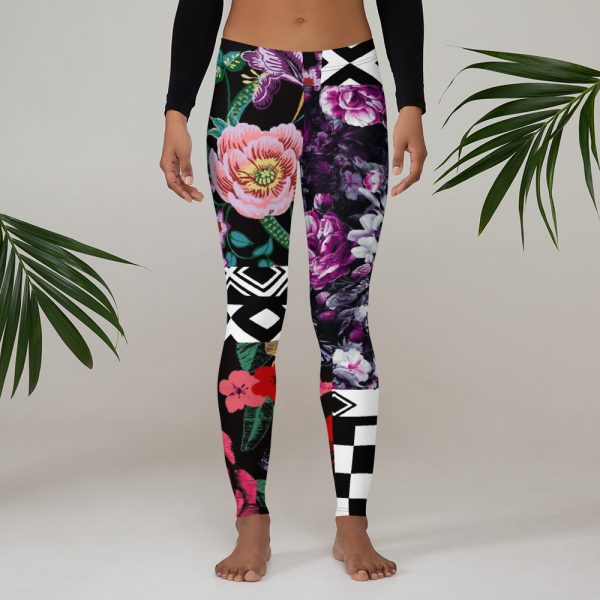 Leggings Black Floral Purple Red White Checkered$81
Leggings Black Floral Purple Red White Checkered$81 -
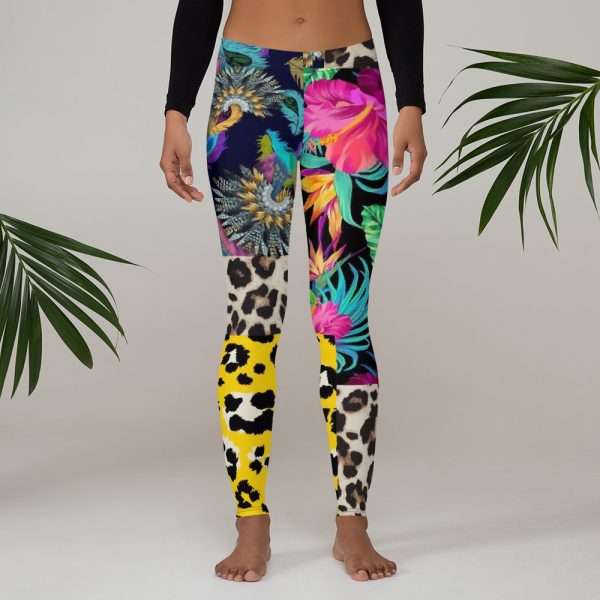 Leggings Floral Black Yellow Green Leopard Animal Print$81
Leggings Floral Black Yellow Green Leopard Animal Print$81 -
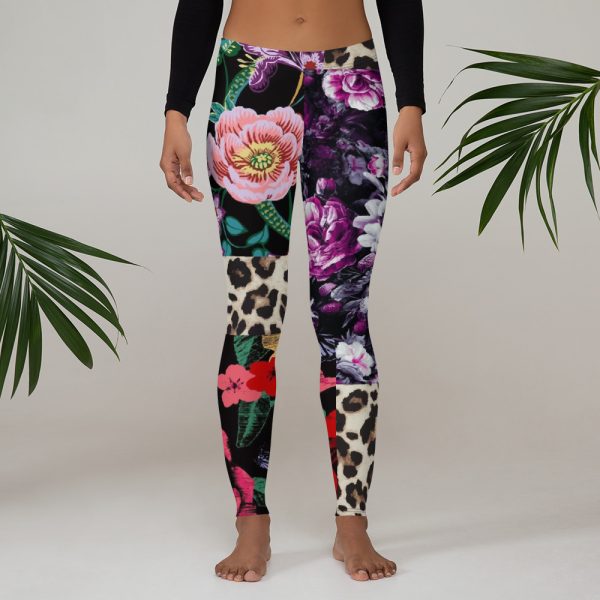 Leggings Floral Black Purple Red Leopard Animal Print$81
Leggings Floral Black Purple Red Leopard Animal Print$81 -
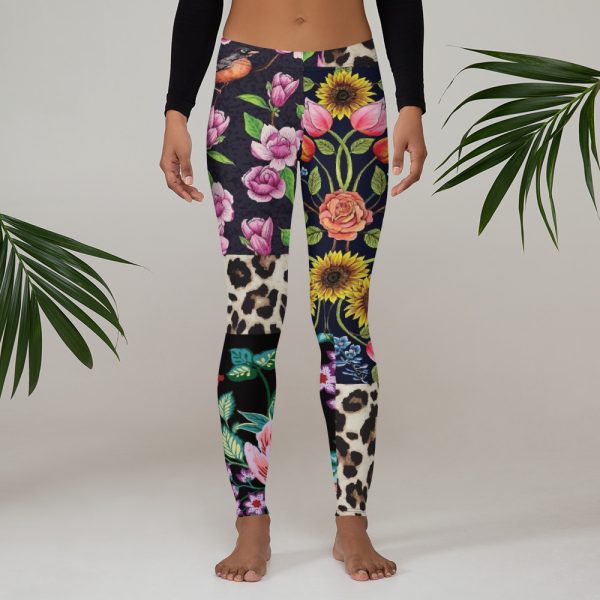 Leggings Floral Black Green Purple Leopard Animal Print$81
Leggings Floral Black Green Purple Leopard Animal Print$81 -
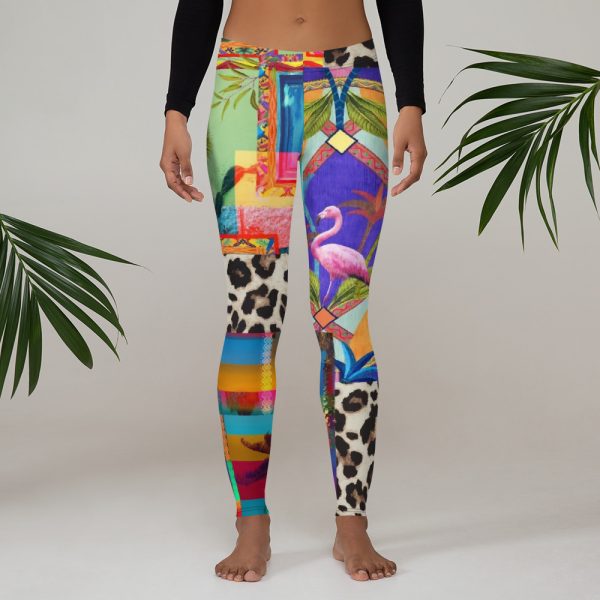 Leggings Floral Rainbow Green Green Purple Leopard Animal Print$81
Leggings Floral Rainbow Green Green Purple Leopard Animal Print$81 -
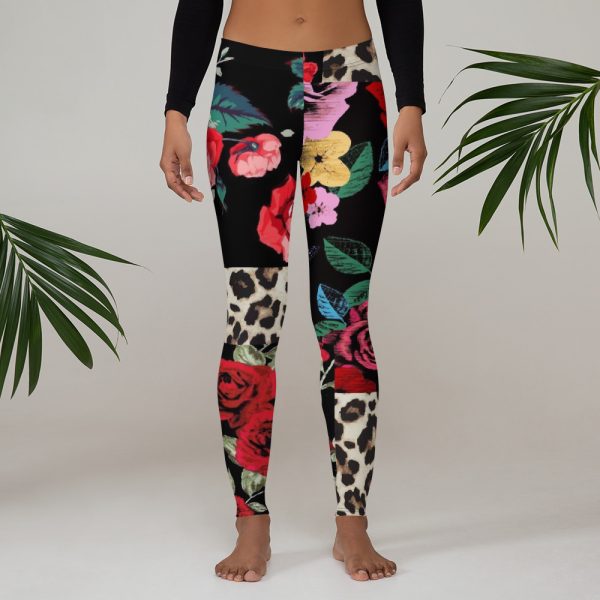 Leggings Floral Black Red Leopard Animal Print$81
Leggings Floral Black Red Leopard Animal Print$81 -
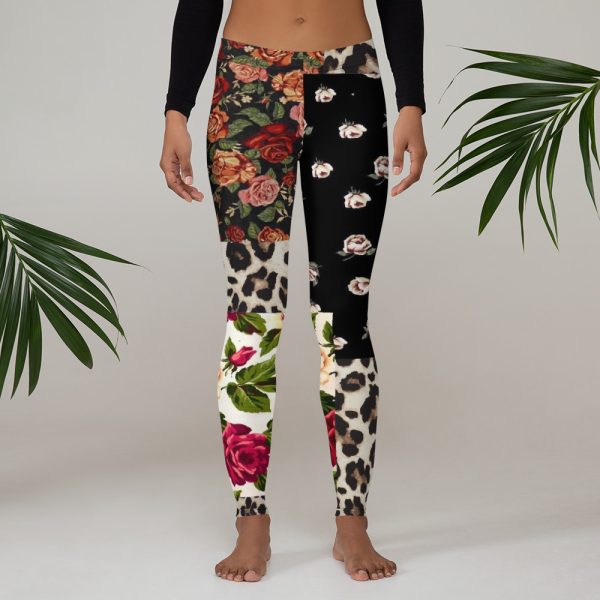 Leggings Floral Black White Brown Leopard Animal Print$81
Leggings Floral Black White Brown Leopard Animal Print$81 -
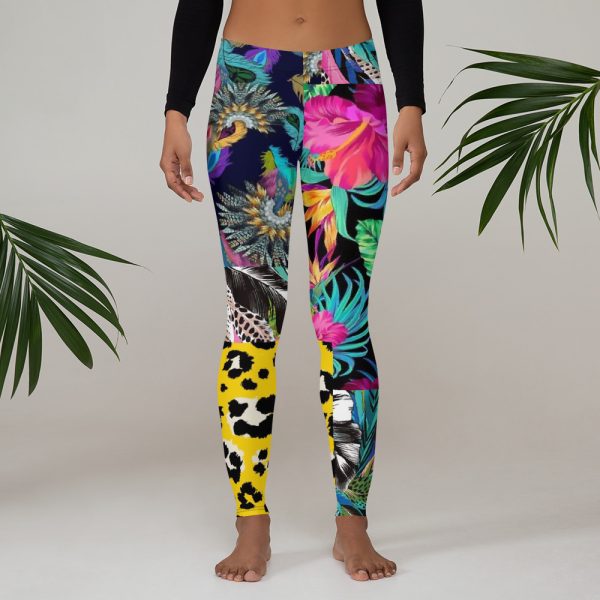 Leggings Floral Black Yellow Green$81
Leggings Floral Black Yellow Green$81